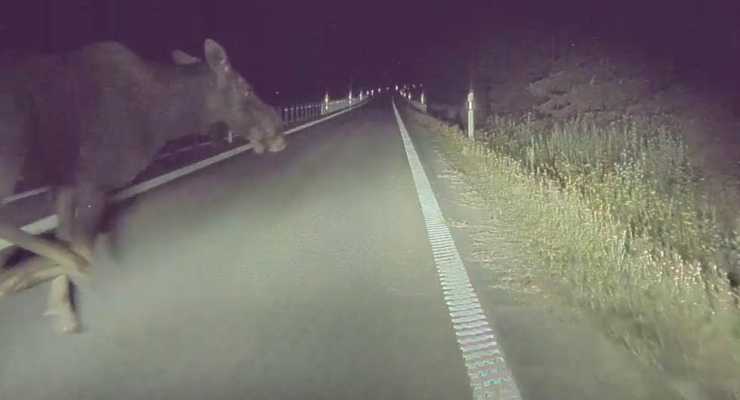
This article is also available in Swedish.
Driving in the dark can be relaxing. It can also be extremely stressful. At least, it was for one of our readers who recently had to avoid hitting a moose in his Tesla Model 3.
Using the car’s onboard camera, we get to follow the course of events. The car was driven on a Swedish highway when a moose suddenly came out of the dark on the opposite side of the road.
The moose was visible because the car’s high-beam assist feature, which determines when it’s safe to use high beam without dazzling oncoming traffic, had decided to activate high beam.
But the system suddenly disengaged high beam and switched to low beam, for no obvious reason. There was no oncoming traffic and the system shouldn’t react to the reflective markings since they’ve been visible by the side of the road all along.
Right when high beam is needed the most, the car switches to low beam. And it keeps switching, as you can see in the clip.
This article is also available in Swedish.
The driver managed to avoid hitting the moose by inches, and the car came to a halt. When the driver pulled out and drove off again, the car was still switching between low beam and high beam.
In addition to the strange decisions taken by the high beam assist, the clip is a showcase for how important it is to have good lighting when driving during winter.
Tesla has viewed the individual log files for this car with the owner’s permission. They confirm that the car switches main beam on and off, but doesn’t list the actual reasoning behind the switching. Tesla’s official response to the clip is that the auto high beam system still is classified as beta software, meaning it’s not fully developed, and that the driver can choose not to use the system.
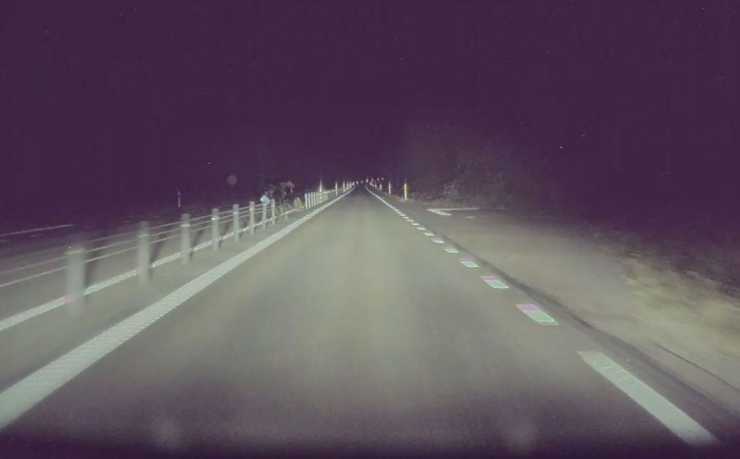
The car is driven on a Swedish highway and is constantly switching between main beam and high beam, for no obvious reason.
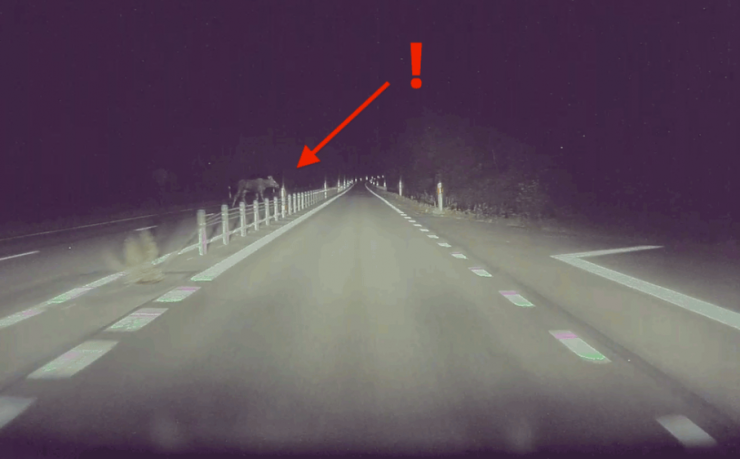
Here, the moose is clearly visible on high beam.
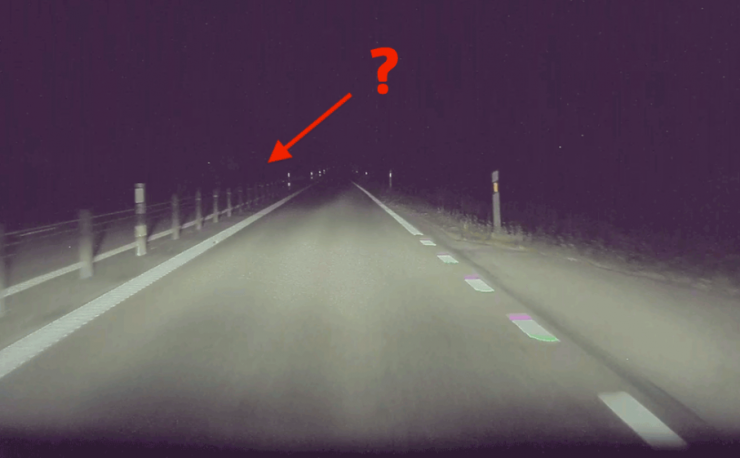
The moose is suddenly invisible since the car has switched to main beam.
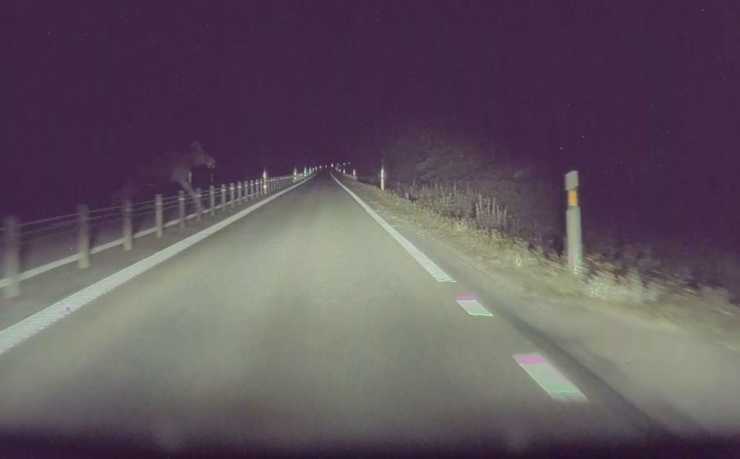
The driver brakes…

…and manages to stop before hitting the moose.
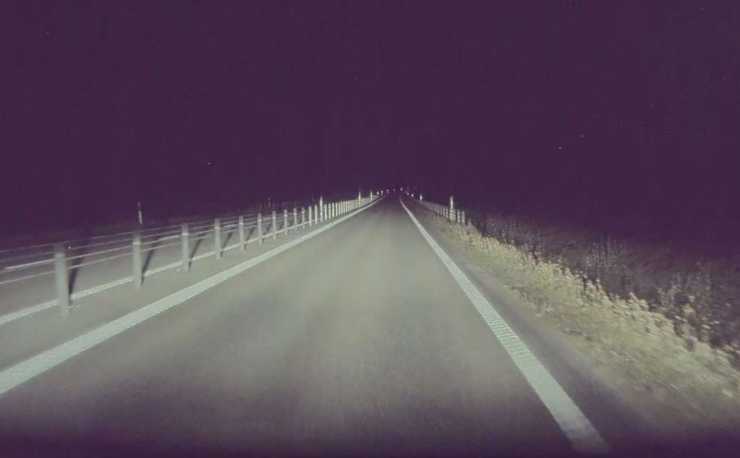
The car continues to switch between main beam and high beam.
Genom att anmäla dig godkänner du OK-förlagets personuppgiftspolicy.